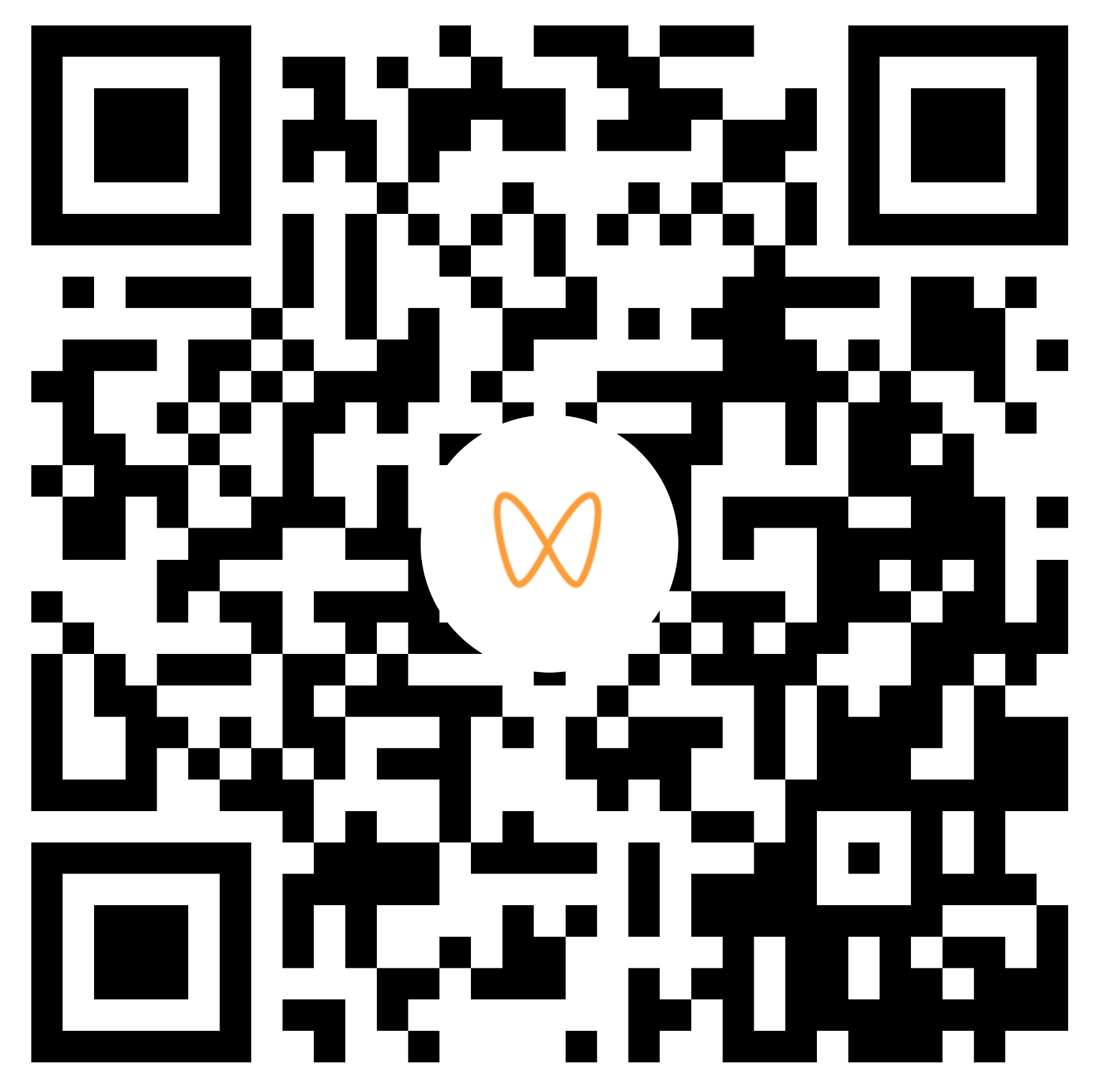
 renhuixia(at)cimrbj.ac.cn
renhuixia(at)cimrbj.ac.cn

The Ren laboratory at CIMR works how cell-to-cell interactions within the pancreatic islet balance Ca2+ activity and hormone secretion, as well as maintain blood glucose homeostasis. Through the integration of experimental, computational and theoretical methods, we aim to gain new insights for disease treatment.




